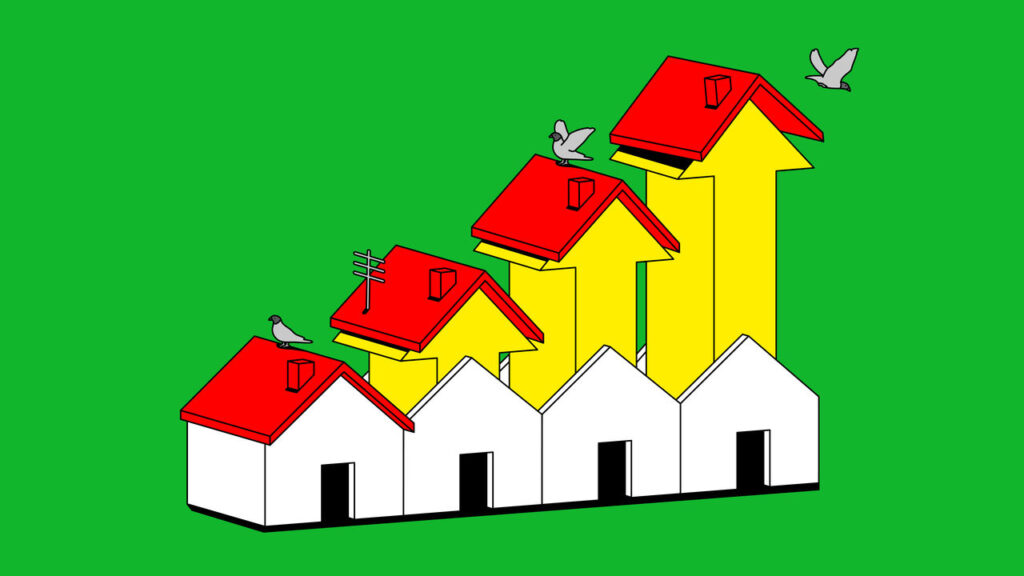As the global landscape evolves, the rental market across advanced economies is experiencing significant transformations. In the years leading up to the outbreak of the COVID-19 pandemic, rental prices were characterized by a relatively stable growth trajectory. According to official statistics, residential leasing costs increased at a modest rate of approximately 2% annually. This steady escalation reflected a combination of demand dynamics, market conditions, and economic factors that collectively shaped the reality of housing affordability during that period.
However, with the onset of the pandemic, a paradigm shift occurred that significantly impacted the rental market. As lockdowns were enforced and social distancing became the norm, many urban centers saw a notable slowdown in rental inflation. The abrupt halt of economic activities led to uncertainty, which, in turn, caused many landlords to confront the challenging reality of vacant units amid dwindling tenant demand. Consequently, in several metropolitan areas, rental prices began to decline as landlords engaged in desperate measures to attract potential tenants, offering incentives and reducing rents in order to maintain occupancy rates.
This newfound flexibility in rental pricing is emblematic of broader changes in housing trends and consumer behavior. As remote work became prevalent, individuals reassessed their living arrangements, often opting for properties in suburban or rural areas, where rents tended to be lower and space more abundant. This trend not only influenced demand but also shifted the geographical focus of the rental market, as city dwellers sought out environments that better aligned with their new lifestyle needs.
Furthermore, as the pandemic progressed, many landlords were forced to adapt to changing tenant expectations and demands. Features such as additional space for home offices, proximity to outdoor areas, and access to essential services became more prioritized. This shift underscored the significance of amenities and livability when it comes to attracting potential renters. In response, various property owners made modifications to existing units or restructured lease agreements to provide greater flexibility, thereby catering to an evolving market landscape.
Moreover, during this transitional period, socioeconomic factors came into play that disproportionately affected different demographics within the rental market. For instance, lower-income renters faced heightened struggles as job losses and economic instability took a toll on their financial viability, compelling many to seek more affordable options. The increase in rental vacancies led to a competitive climate where tenants found themselves in positions capable of negotiating better terms, including lower rental prices and longer leases.
In the aftermath of the pandemic, the question looms as to whether these rental market adjustments are temporary or indicative of a longer-term shift. As economies gradually recover, the potential for a rebound in rental prices remains tangible. Nevertheless, the experiences gleaned from the pandemic have prompted both landlords and tenants to reconsider their strategies and priorities. It is essential that rental markets adapt to the ‘new normal’ by providing competitive pricing, sophisticated amenities, and accommodating flexible arrangements, fostering a robust and sustainable housing market.
In conclusion, the rental market across advanced economies is at a crossroads, propelled into uncharted territories due to the unprecedented challenges posed by the pandemic. As both demand and supply adjust according to shifting consumer preferences and macroeconomic factors, the evolution of rental prices remains a critical area for observation as we navigate through these transformative times. Whether landlords will restore pre-pandemic pricing patterns or embrace more innovative approaches to meet contemporary demands remains a question for the future, indicative of the ongoing changes that characterize the rental landscape.



